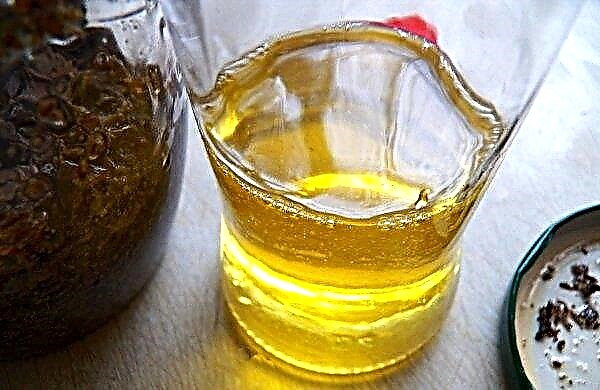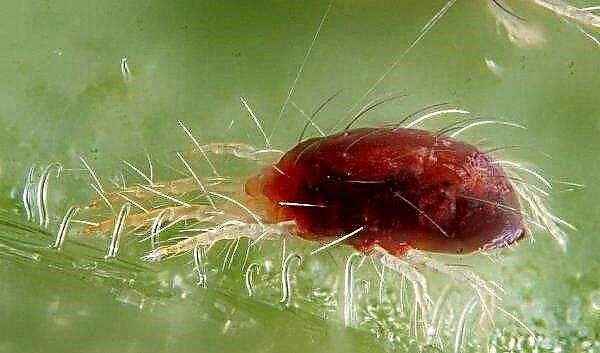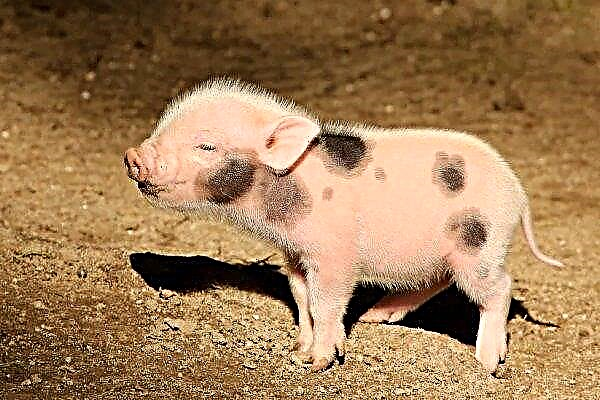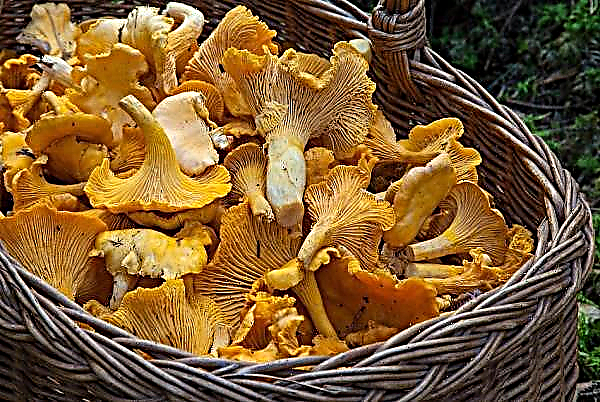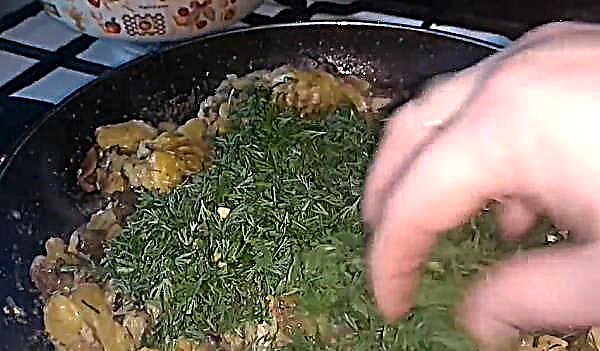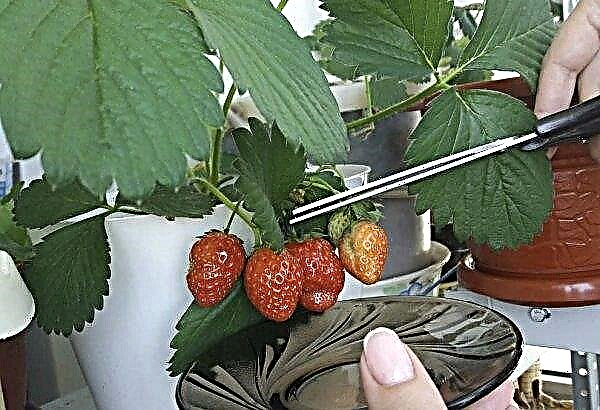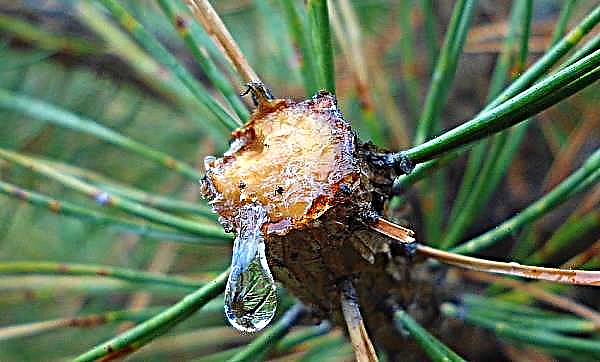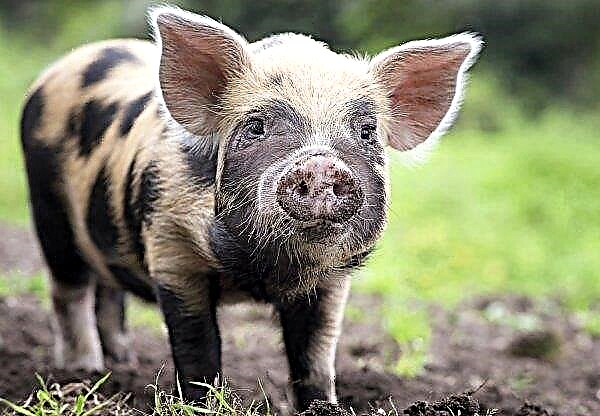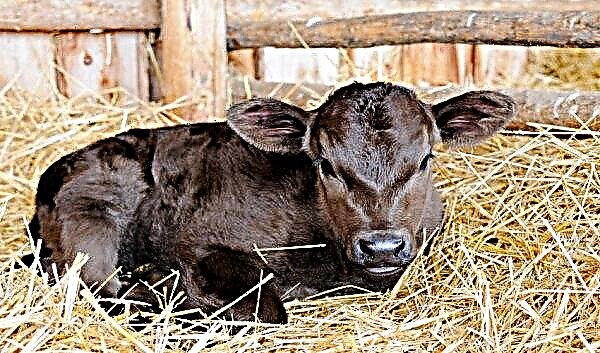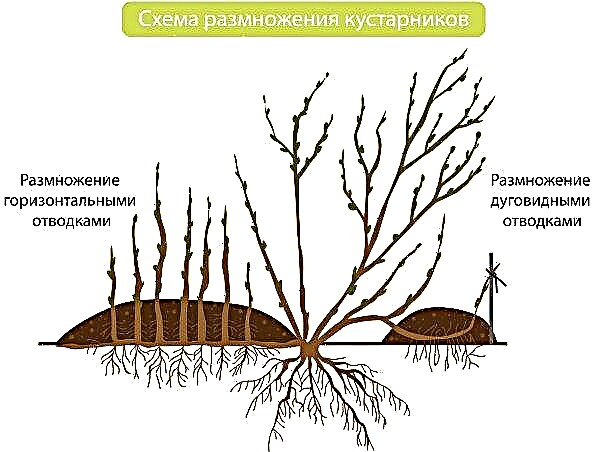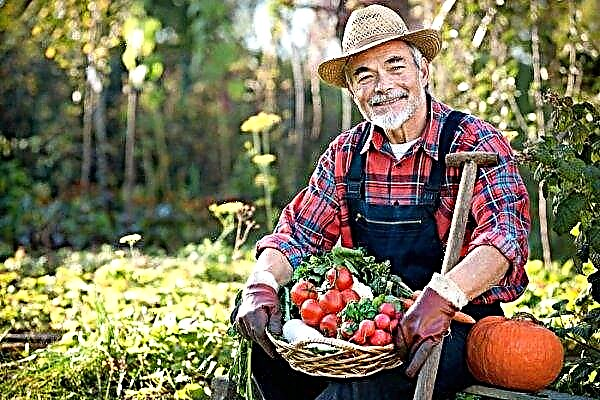Champignon is the most common and popular mushroom that is grown today around the world. It occupies 37.2% of the total mushroom production. How to grow this representative of the mushroom kingdom at home, the article will tell.
Mycelium, or mycelium
Champignon is reckoned to the genus of lamellar mushrooms of the same genus of the Champignon family. Today, about 200 species grow in nature, most of which are edible. Their fruiting bodies can be of various sizes - from 3 to 25 cm.
The hats are convex, but become flat with age. The plates of young specimens are free, white. In old mushrooms, they are dark. The leg is flat, may be loose or hollow in the middle. It has a blanket. The flesh of champignons is white, with a pleasant mushroom or anise odor.
The mycelium, or mycelium, of the described representatives of the mushroom kingdom is a thin branched thread. This vegetative part is underground, can spread over a long distance. It is intended for attachment to the soil, preservation of spores, protection, nutrition and reproduction. It is with the help of mycelium that mushrooms are grown at home. It can be purchased ready-made in a specialized store or grown with your own hands. The future harvest depends on the quality of the mycelium.
In finished form, 2 types of the vegetative part of the fungus are presented:
- uterine grown in laboratories from spore powder;
- intermediate obtained from uterine culture in a nutrient medium.
Important! Do not buy planting material from hand. To purchase it, you should contact specialized markets or online stores, mushroom companies that have many positive reviews.
The planted mushroom is similar to a white fluffy coating with clearly distinguishable threads. For planting, you can purchase cereal or compost mycelium.
Video: Champignon uterine mycelium
Mushroom cultivation
Germinating champignons from the mycelium is easy. It is enough to know in what conditions it should grow, how to make it, where to plant and what should be the soil for planting. You will also need to familiarize yourself with the technology and practice planting mycelium.
For the cultivation of mushrooms, such conditions will be required:
- high humidity;
- temperature within +23 ... + 30 ° С;
- sufficient light supply;
- good air flow and circulation.
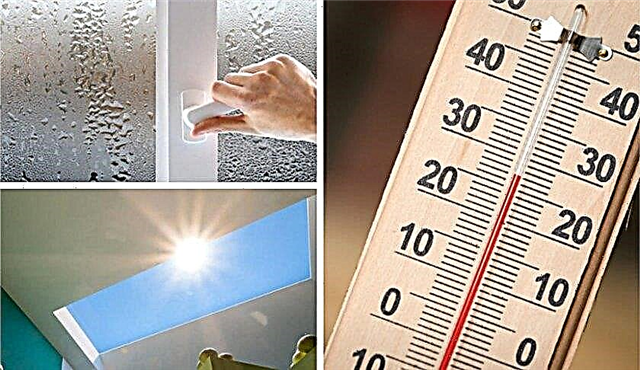
Today there are several ways to cultivate mushrooms:
- in containers;
- in bags;
- in briquettes.
How to create sterile conditions
Sterile conditions for the cultivation of mycelium are necessary in order to avoid infection with mycelium. They can be achieved by placing the substrate in a hopper that is treated with hot steam. In such a room must be powerful ventilation. Typically, air is supplied through nozzles that are located under the floor. At home, such a system is not used due to complexity. Bunkers are used only for industrial planting. Mycelium is properly grown under sterile conditions. For the process, it is necessary to purchase special equipment, as well as prepare several rooms.
Mycelium is properly grown under sterile conditions. For the process, it is necessary to purchase special equipment, as well as prepare several rooms.
If we talk about sterility when growing mycelium at home, then we are talking about disinfection of the room in the following ways:
- Fumigation with a sulfur checker.
- Whitewashing the walls and ceiling with a mixture of lime and copper sulfate.
- By spraying with formalin (4%).
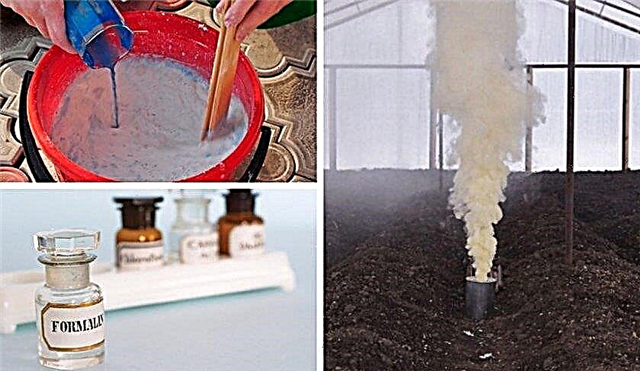
If there is a suspicion of pests in the premises, chlorophosome treatment should be performed. After disinfection, the room should be ventilated for several days. To protect it from infection from the outside, it is recommended to place a container with sawdust pre-treated with a disinfectant solution before entering.
Did you know? Over a long period, champignons were very expensive and were available only to wealthy people. During the reign of the monarchs, special rooms were made for growing mushrooms, which were served at the table of royal persons.
How to make champignon mycelium at home
For the cultivation of mycelium, it is necessary to prepare a nutrient medium. It can be of three types:
- wort agar;
- oat agar;
- carrot agar.

The technologies for preparing these types can be found in the table:
| Name of the medium | Components | Step-by-step cooking instructions |
| Wort agar |
|
|
| Oat agar |
|
|
| Carrot agar |
|
|

After solidification of the nutrient medium, it is necessary to take tweezers of the legs of the fungus with tweezers, previously treated with disinfectants, dip them in hydrogen peroxide and place them in test tubes. You need to act in sterile conditions. Moving into test tubes should be done with constant heating over the burner. After the particle is placed in the substrate, the tube should be tightly corked.
To germinate the mycelium, it must be placed in a room without light. After 14 days, the mycelium should fill the entire tube. Store mycelium at a temperature of + 2 ° C.For further propagation, the mycelium should be moved to large containers filled with the substrate by 2/3. Banks with soil must be sterilized in an autoclave for two hours. The mycelium is transferred after cooling the substrate to + 24 ° C.
Cereal mycelium is obtained in another way. The technology for preparing the substrate for germination is as follows:
- Place two parts of wheat or oat grains in 3 parts of water with the addition of hydrogen peroxide (1:10).
- Boil the liquid.
- Cook for 20-30 minutes until the beans soften.
- Remove the grains and dry.
- Put them in jars, filling ¾ volume.
- Sterilize.
- Add uterine culture to the substrate.
- Place the containers in the thermostat, in which the temperature regime is constantly maintained at + 24 ° C and humidity 60%.

After the mycelium fills the entire substrate, you can begin to sow it. You can store grain mycelium for 4 months at a temperature of 0 ... + 2 ° C. Another method for growing mycelium, the most simple and economical, is on cardboard. Corrugated thick brown paper is suitable for this purpose.
Germinate the mycelium as follows:
- Cut cardboard into small pieces.
- Dip it in warm boiled water for 60 minutes.
- Place in a plastic container with holes for drainage.
- With a disinfected knife, divide the champignon into fibers.
- Remove top layer from cardboard.
- Dip in hydrogen peroxide and spread the mushroom pieces on the corrugated surface.
- Cover with a removed upper layer.
- Seal up.
- Cover the plastic container with foil.
- Put in a room where there is no sunlight and warm temperature is maintained.
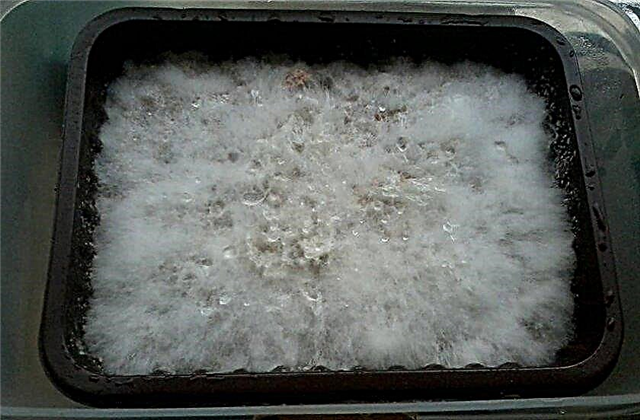
Every day it is necessary to ventilate the plantings and make sure that the cardboard does not dry out. Periodically, it needs to be moistened from the spray gun.The mycelium will germinate for about three months. After it has completely covered the cardboard, it can be transplanted to a permanent place. Coffee grounds, tea leaves, paper are also suitable as a substrate for growing mycelium.
Video: DIY champignon mycelium
Choosing a place to land
The room that is most often used for cultivating mushrooms at home is a basement. It is in it that one can achieve optimal conditions for obtaining a good mushroom crop. It is important to install forced ventilation, a thermometer and a hygrometer in it to control the conditions. If you plan to grow champignons throughout the year, you will need equipment with a heating system.
The basement is preferably divided into 2 zones:
- for incubation of mycelium with a temperature regime of + 23 ... + 30 ° С;
- for fruiting - with a temperature of + 16 ... + 17 ° C.
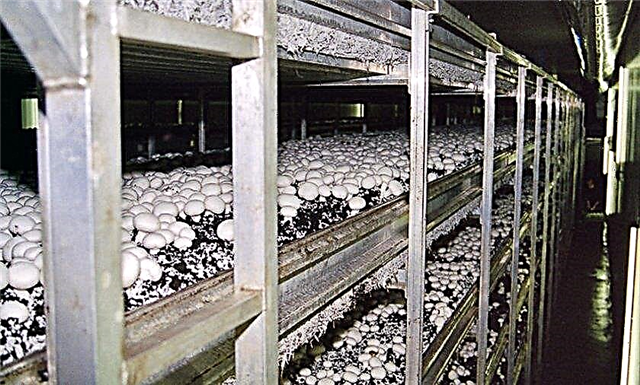 If possible, you should equip the area for preparatory work, compost will be prepared in it.
If possible, you should equip the area for preparatory work, compost will be prepared in it.
How to plant champignon mycelium
For planting, you need to prepare or purchase a nutrient substrate. This is the most important stage in the cultivation of representatives of the mushroom kingdom. If the mycelium purchased in the finished form is germinated, then the substrate must be done in accordance with the manufacturer's instructions on the packaging or purchased ready-made in a specialized store.
When sowing your own planting material, you need to prepare the soil, guided by the general rules. For planting at home, compost based on horse manure obtained from animals that feed on hay is best suited.
Here are some options for making the substrate:Important! When planting on horse manure, maximum fruiting can be achieved. Cultivation in bird droppings and cow dung leads to lower yields.
- manure with a moisture content of 40–45% (850 kg) mixed with urea (3 kg), superphosphate (13 kg), ammonium nitrate (8 kg), gypsum (18 kg);
- manure (2000 kg) mixed with straw (50 kg), urea (5 kg), ammonium sulfate (8 kg), superphosphate (5 kg), chalk (7.5 kg);
- manure (75–80%) combined with straw of winter wheat or rye (20–25%).

To make a substrate, you must adhere to the following instructions:
- Lay a plastic film on the ground to prevent the entry of pests.
- Place the straw in warm water for 24 hours.
- Lay it in stacks, mixing with manure, making 6-8 layers.
- Pour each layer with water of warm temperature.
- After 3-4 days, mix and add urea with superphosphate.
- After 3-4 days, mix by adding the following 2 ingredients.
- Repeat the previous procedure 4–5 times.
- With the last stirring, introduce gypsum.
 Compost is considered ready when the smell of ammonia leaves it and it turns light brown. On average, the duration of its preparation is 26–28 days. The temperature of the substrate for planting mushrooms should be up to + 25 ° C.
Compost is considered ready when the smell of ammonia leaves it and it turns light brown. On average, the duration of its preparation is 26–28 days. The temperature of the substrate for planting mushrooms should be up to + 25 ° C.The prepared compost should be distributed over the boxes or containers in which the mycelium will be germinated, 25-30 cm high. Then, holes 5 cm deep should be made in it. A distance of 20 cm should be maintained between the recesses. It is recommended to place them in a checkerboard pattern. A small amount of mycelium should be placed in the wells. For 1 m² of substrate, 500 g of compost and 350-400 g of grain mycelium are required.
During incubation, it is required to maintain air humidity at the level of 70–95%. This can be achieved by covering the containers with paper or burlap, which must be moistened periodically. Active growth of the mycelium can be observed from 10-12 days after sowing. At this time, an earthen layer 3-4 cm high should be placed on the compost. The earth should consist of such components:
- peat (5 parts);
- limestone (1);
- garden soil (4).

Another variant of the integumentary substrate: chalk (1 part), garden soil (4), peat (9). 40-50 kg of land usually leaves for 1 m². As the substrate dries, it is necessary to moisten the substrate with warm water. If you want to increase the humidity in the room where the mushrooms grow, then it is necessary to spray. To lower this parameter, airing is necessary.
When the incubation period ends, it is necessary to change the temperature regime, lowering the temperature to + 12 ... + 17 ° C, or move the containers to a previously prepared room for the development of mushrooms. The first crop should appear after 3-4 months. Harvesting is carried out not by cutting, but by twisting, since pathogenic organisms can penetrate the soil when cutting. As a rule, the maximum yield is observed during the first three fruiting. In total, you can harvest from 5 to 8 crops. Duration of fruiting is 8-14 weeks. From 1 m² on average you can get 5-12 kg.
As a rule, the maximum yield is observed during the first three fruiting. In total, you can harvest from 5 to 8 crops. Duration of fruiting is 8-14 weeks. From 1 m² on average you can get 5-12 kg.How to prevent planting from pests
If there is a mistake in growing mushrooms, they can be affected by pathogenic bacteria and harmful insects. To avoid this, you must adhere to the following rules:
- regularly disinfect rooms where champignons are grown;
- to carry out high-quality processing of the substrate;
- use planted material grown under sterile conditions;
- regularly replace the soil;
- observe sanitary and hygienic measures during planting and care;
- maintain the required microclimate.

So, growing champignons from mycelium at home is easy. The main thing is to acquire or grow high-quality planting material and substrate, observe planting technology, maintain the necessary microclimate and conduct regular care.

